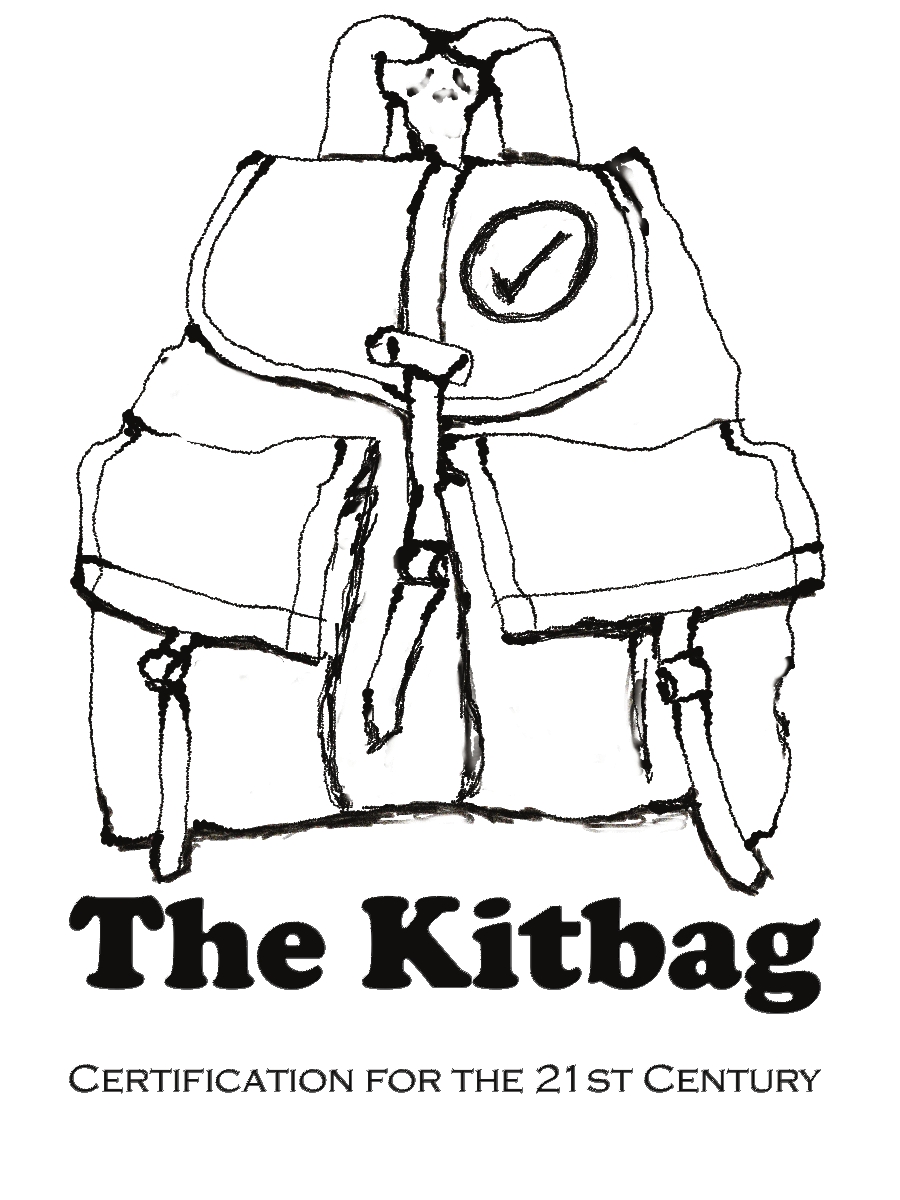Way back in the mists of time, standards were developed to ensure that technical issues could be resolved. The goal was to make sure that measures were the same at the buyer's and seller's end, that screw threads or that railroad gauges were the same.
The role of standards began a major transformation with the development of 'management system standards'. These standards did not set specific requirements for the product but were designed to ensure that each product (or service) was consistent and of the same quality. With this approach the role of standards began a transformation. Now when I purchase a ton of widgets not only can I expect that a ton is a ton but I can expect that each of the widgets is of a consistent quality.
With the development of social and environmental standards the role of standards has seen another change, now standards can tell us about process and production methodologies - that is - how a product was made or how a specific material was sourced. This can include things like whether or not pesticides were used, if raw materials were sourced sustainably or if workers were paid a living wage.
Most social and environmental standards and certification schemes have been developed to change how a market functions so that buyers and final users expect and demand products that are socially and or environmentally responsible. If certification schemes are successful they can create demand that producers have to respond to, whether or not they are certified. At some point, with sufficient demand an entire market can change so that the vast majority of products are produced in a way that seeks to satisfy the new market demand. This establishes a 'new normal' in the market in which this more responsible performance is expected and it becomes difficult for those not meeting this new level of performance to succeed.
Market transformation occurs when this 'new normal' is established. It does not mean that all products sold fully conform to a certain scheme, but it does mean that there has been a fundamental change which disadvantages those that do not change.
The path to successful market transformation is not straightforward or easy. Setbacks are many and conflict with those that resist change will arise. The bigger the market transformation that is sought the greater the challenge.
Fundamentally if a goal of your scheme is to transform a market then it is important to understand the market and the value chain from primary production to final use (and maybe to reuse) even if your scheme only focuses on one part of the process. For example if your scheme seeks to ensure that farm workers are paid a living wage and treated with dignity, your scheme will likely just set certification requirement for the farm. The market transformation will occur when the value chain adopts your position and demands justice for farm workers. This means that decisions made off the farm, by brokers, processors, retailers, restaurants and consumers have adopted the 'new normal' so that just about every farm worker can feel a change in the market by the change in their daily lives.
